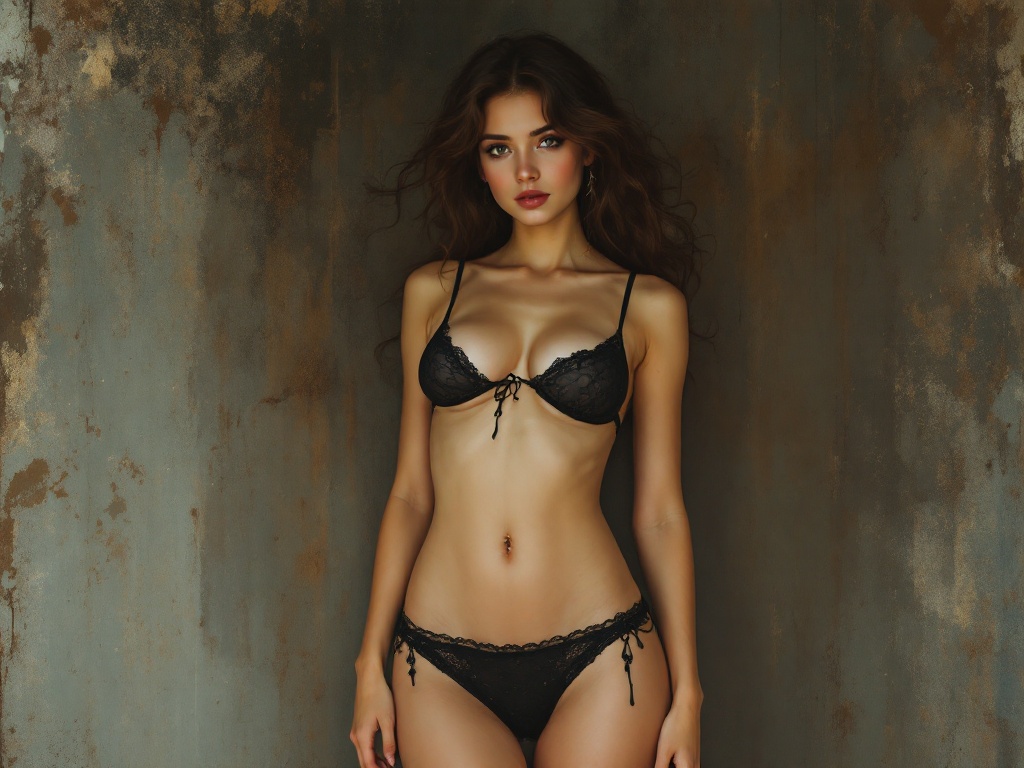With the ever-evolving nature of technology, image retouching has become a focal point for both artists and clients. The contrasting methods of traditional retouching and AI-driven techniques present a fascinating exploration of art and science, as they cater to similar needs through distinctly different means. While traditional retouching celebrates the skill and human touch, AI Deep Nude offers instantaneous results shaped by algorithms. This comparative analysis aims to shed light on these two approaches, enabling readers to make informed decisions based on personal or professional needs. Here, we delve deep into the mechanics, benefits, and challenges of both techniques, ultimately highlighting their profound impact on the visual landscape.
As we assess the landscape of image retouching, it’s important to understand how each method uniquely influences the aesthetic quality of the finished product. Traditional retouching is often viewed as an art form in its own right, where the artist’s vision and style take center stage. Conversely, AI Deep Nude showcases the speed and efficiency that modern technology can offer, allowing for incredible transformations in a fraction of the time. The tension between these two modalities raises questions about craftsmanship, creativity, and the role of technology in art, making this discussion not just relevant but necessary.
Traditional Retouching

Definition and Techniques
Traditional retouching encompasses multiple manual techniques aimed at enhancing imagery through the meticulous eye of a skilled editor. Common methods include airbrushing, color correction, and dodge and burn techniques. Each approach requires not only a solid understanding of photographic principles but also artistic intuition. Unlike automated processes, traditional retouching often involves a deep dialogue between the artist and the client, allowing for precise adjustments that reflect individual preferences. This process is both labor-intensive and deeply rewarding, challenging the retoucher to push boundaries while ensuring client satisfaction. The magic lies in the details—each brushstroke can enhance, obscure, or entirely transform a visual narrative.
Benefits of Traditional Retouching
The advantages of traditional retouching are substantial, offering several unique benefits instrumental in the visual arts. These include:
- Artistic Control: Every element can be painstakingly adjusted, ensuring that the final product meets the artist’s precise vision.
- Collaboration: Close communication with clients fosters a deeper understanding of individual preferences, leading to tailored results.
- Quality Assurance: The potential for a superior finish comes from the artist’s experience, which often translates into exceptional results.
Challenges of Traditional Retouching
However, traditional retouching is not without its challenges. The time-consuming nature of the work can be a significant drawback, especially for projects with tight deadlines. Skilled labor is required, creating a barrier to entry for beginners or those unfamiliar with the nuances of the craft. Furthermore, achieving consistency across multiple images can be intricate, as variations in technique can lead to differing aesthetic results. In an era where speed is often valued over quality, this method forces a reconsideration of priorities in the fast-paced world of digital imagery.
AI Deep Nude

Introduction to AI Technology in Retouching
AI Deep Nude technology represents a revolutionary shift in the realm of image editing. By harnessing advanced algorithms, AI tools can analyze and enhance photographs in mere moments. This technology recognizes patterns, textures, and colors, applying adjustments that typically would require significant manual effort. As AI continues to evolve, so does its capability to produce stunningly high-quality images, often indistinguishable from those crafted by experienced professionals. While AI lacks the nuanced judgment of a human artist, its ability to process large batches of images quickly makes it a game-changer in the industry. Professionals are now faced with the challenge of blending technological innovation with traditional artistic expression.
Benefits of AI Deep Nude
In the realm of image post-production, the advantages of AI Deep Nude are compelling. Major benefits include:
- Speed: Instantaneous results significantly reduce turnaround times, catering to fast-paced demands.
- Consistency: Algorithms produce uniform results across multiple images, ensuring a cohesive look.
- Accessibility: Lower barriers for entry allow individuals with limited editing experience to achieve professional-quality results.
Ethical Considerations and Controversies
The excitement surrounding AI Deep Nude technology is tempered by substantial ethical concerns. Privacy is a major issue, as the capacity to alter images raises questions about consent, especially when it comes to vulnerable populations or sensitive contexts. The potential misuse of AI-generated images can distort reality, leading to harmful societal implications. As this technology proliferates, the industry must establish ethical standards and practices to ensure responsible use, balancing innovation with moral integrity. The conversation surrounding these ethical dilemmas will continue to evolve as AI technology becomes more integrated into our visual culture.
Comparative Analysis of Traditional Retouching and AI Deep Nude
Speed and Efficiency
When it comes to speed and efficiency, AI Deep Nude outshines traditional retouching by a wide margin. The following table summarizes the key differences:
| Method | Speed | Efficiency |
|---|---|---|
| Traditional Retouching | Hours to days | Labor-intensive |
| AI Deep Nude | Seconds to minutes | Automated processes |
Traditional retouching can take hours or even days depending on the complexity of the project, while AI Deep Nude accomplishes similar results in seconds or minutes. For organizations needing quick turnaround times, AI offers an incredible advantage. However, the ease of use comes at a cost to the artistic nuances that dedicated professionals might provide through traditional methods.
Quality and Customization
Quality and customization represent another striking contrast between the two methods. Traditional retouching allows for meticulous edits, ensuring the final product reflects the artist’s unique vision and style. AI Deep Nude, while efficient, often lacks the nuanced touch needed for highly personalized projects. However, improvements in AI technology are narrowing this gap, as systems learn from input data, continuously enhancing output quality. The decision ultimately hinges on the project’s needs—whether it’s the human element and artistic flair or sheer speed and consistency that takes precedence.
Cost-Effectiveness
The financial implications of choosing between traditional retouching and AI methods can be important for both freelancers and businesses. Traditional retouching often requires a significant investment of time, which can translate into higher costs for clients. On the other hand, AI Deep Nude services typically offer a cost-effective solution, as the rapid processing times allow for lower pricing associated with quicker project completion. Consequently, while you may sacrifice some degree of personalization with AI, you often gain significant savings, enticing those on a tighter budget.
Conclusion
In the ongoing conversation about image retouching, both traditional and AI-driven methods have their unique pros and cons. Traditional retouching remains a staple due to its artistic control and ability to deliver personalized results. Conversely, AI Deep Nude is rapidly altering the landscape with its remarkable speed and efficiency. Ultimately, the choice between the two often depends on the specific needs and values of the client. As technology progresses, bridging the gap between these methodologies may present an opportunity for a healthier collaboration between technology and craftsmanship.
Frequently Asked Questions
- What is traditional retouching? Traditional retouching involves manual techniques for editing images, focusing on artistic vision and quality output.
- How does AI Deep Nude technology work? AI Deep Nude technology employs algorithms to automatically enhance images, achieving results quickly with minimal human effort.
- What are the main advantages of traditional retouching? Its benefits include detailed customization, direct artist-client collaboration, and high-quality finishes.
- Are there ethical concerns with AI Deep Nude? Yes, there are serious ethical considerations related to consent, privacy, and potential misuse of AI-generated content.
- Which method is more cost-effective? Generally, AI Deep Nude tends to be more cost-effective due to its efficiency, but traditional retouching may satisfy specific quality demands.


